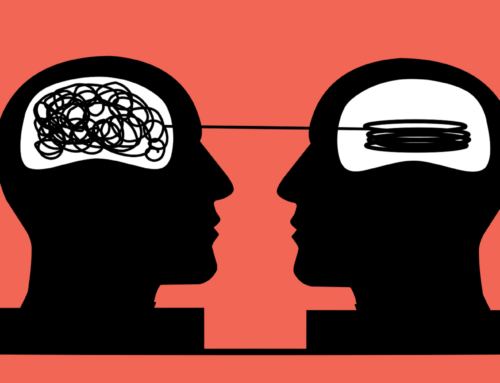Severe mental illness is challenging enough for adults to manage. Many spend years seeking treatment before they find something that works. For children, the picture is even grimmer. New research suggests that the rate of suicide and suicidal thoughts among children is skyrocketing. What’s behind this crisis in child mental health? Here are five key facts you need to know.
1. Suicide is a Children’s Issue Too
The national suicide rate has risen dramatically, reaching a 30-year high in 2014. Experts cite a number of potential factors, including thwarted dreams due to the 2007-2009 economic downturn, inadequate access to mental health care, and changing cultural norms. Most of these purported explanations do little to explain what’s behind child suicide.
That’s a problem, because child suicide has increased, too. Between 2008-2015, the number of children admitted to hospitals for suicidal actions or thoughts more than doubled. And while teenagers and preteens still commit suicide more frequently than young children, there’s another alarming trend happening behind the scenes: very young children are taking their lives at unprecedented rates. Over the last decade, girls ages 10-14 saw a three-fold increase in their suicide rate.
2. Being a Kid is Hard
One of the problems children face when they experience mental health issues is the fantasy many adults have constructed around childhood, as a carefree time full of support and love. That’s not always the case, though. Being a child is hard. Not only do kids have little control over their own lives; they’re also subject to the whims of teachers and parents. So children with parents who don’t notice or don’t care about their symptoms may not get treatment. Kids in failing schools may not get support for academic issues.
One of the most significant trends to have emerged over the past decade is the widespread use of social media. Research consistently suggests that bullying is rampant, and that social media bullying is different from the school yard bullies many parents are familiar with. A child can be publicly and aggressively bullied, in a medium that makes the content of the bullying permanent, without the parents knowing—and without even leaving the home. Several high-profile suicides have been linked to social media bullying.
– Joel L. Young M.D.
Read More: The Child Mental Health Crisis







Leave A Comment